Rules and tips for propagating Kalanchoe leaves
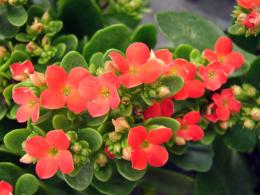
Kalanchoe is an indoor plant that has been adorning the windowsills of private houses and apartments for a long time. The flower is easy to care for and also has healing properties. Growing Kalanchoe is a fairly simple procedure. Plant propagation can be carried out in various ways. The simplest of them is to use a leaf.
Content:
- Description of the plant
- Advantages and features of the flower
- Features of cultivation
- Features of reproduction
Description of the plant
Kalanchoe is characterized by the presence of thickened, fibrous roots, as well as fleshy stems that become woody in older plants. The stems bear thick and succulent foliage, which has a spiral-opposite arrangement. Kalanchoe has petiolate or sessile leaves. Leaf blades are characterized by the presence of a stem-encompassing base. The shape of the leaf plates varies depending on.
The simple or pinnate shape of the leaves has a smooth edge. Some plant species have a jagged edge. The thickness of the sheet plate is flat or cylindrical. The size of the plant's leaves can also vary depending on the variety.
All types of flowers have apical peduncles. Some of them may have leaf axils at the base. The plant is characterized by the presence of four-petal flowers, which can have different colors. Thanks to its attractive appearance Kalanchoe with its help you can decorate a room for various purposes.
Advantages and features of the flower
The undeniable advantage of Kalanchoe is that it has a number of medicinal properties. Today there are more than 200 types of flowers. Only a few types of flowers are grown at home. Since the flower belongs to the category of tropical plants, it can fully tolerate drought or excessive humidity.
Kalanchoe does not need frequent fertilization and replanting. The flower is characterized by a high level of disease and pests. If the Kalanchoe begins to rot or wither, it is divided into cuttings and rooted. With the help of this plant, various diseases are treated, as it is characterized by the presence of anti-inflammatory and antiseptic properties.
The flower is also widely used to treat various skin lesions. Kalanchoe is an amazing flower that is used not only to decorate rooms, but also to treat various diseases.
Features of cultivation
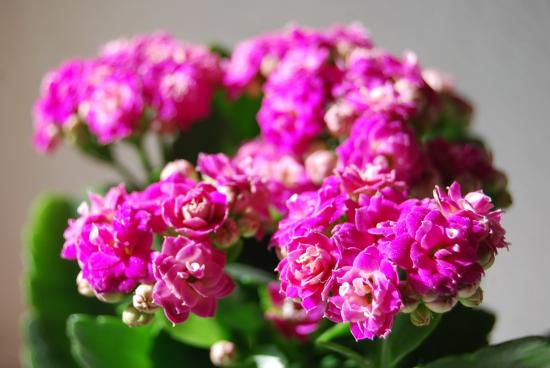
Propagation of Kalanchoe by leaves is carried out in several stages. Initially, you need to prepare the soil mixture and pot. The soil for planting the plant should consist of:
- Humus
- Peat
- Leaf earth
- Coarse river sand
To ensure the success of the procedure, it is recommended to carry out it at the end of March. The gardener needs to carefully consider the choice of pot. It is best to give preference to clay pots. In their absence, it is recommended to give preference to plastic containers. Growing plants in glass pots is not recommended, since the root system does not tolerate light.
Kalanchoe accumulates moisture in the foliage. That is why the flower can fully tolerate drought.The plant needs abundant watering. To avoid rotting root system There is no need to overdo it in this case. Between waterings, it is necessary to ensure that the earthen ball dries out completely. If the above conditions are met, successful cultivation of Kalanchoe will be ensured.
Features of reproduction
Kalanchoe can be propagated in various ways - cuttings, children, seeds, leaves. The last method is as simple as possible and is therefore widely used by various flower growers. The plant can be propagated by leaves at any time of the year.
Video about Kalanchoe propagation:
Initially, a leaf is cut from an adult plant. After this, its cut part must be placed in a pot with pre-prepared soil mixture. The grower must ensure that the substrate is properly moistened. In order to guarantee the growth of the plant before landing It is recommended to place it in the ground for several hours in a growth stimulator.
You need to cover the leaf with a glass jar on top, which will make it possible to create a greenhouse effect. After several days, the leaf will take root and a new flower will form. When using this propagation method, fairly rapid growth of Kalanchoe is observed.
The plant can be propagated using fallen leaves. In this case, the leaf must be placed in water until roots appear. After this, it is planted in the ground. Kalanchoe, propagated by its leaves quite often, is a universal leaf.
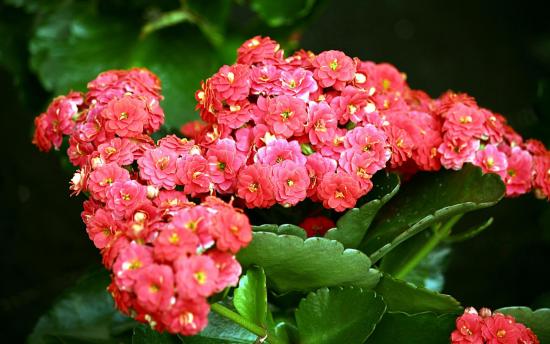
This plant is characterized by ease of care, which allows anyone to grow it.Due to the high level of flower survival, it can easily be grown from a leaf at home. For this purpose, you need to follow a few simple rules transplants plants.

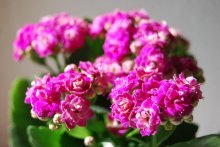

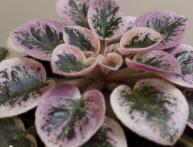
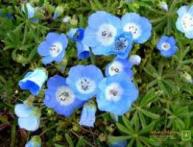
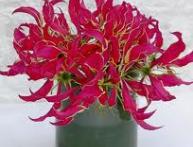
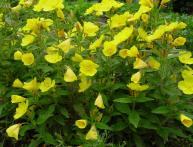

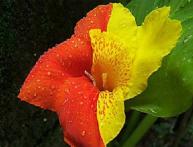
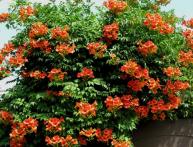

Comments
I have always propagated Kalanchoe from cuttings and did not even imagine that it was possible to grow this plant from a leaf. And it never blooms for me, I don’t know the reason, although I do everything as it should.
I bought a Kalanchoe plant that was already an adult in a pot, but I still didn’t know how to plant and propagate it. Now I will use the advice from the article and give this wonderful plant to my family.
Previously, I had Kalanchoe, I don’t know the variety, which reproduced on its own. Small baby leaves grew on the sides of the leaves, they fell to the ground and took root. The plant did not bloom. Modern, new varieties of Kalanchoe are very beautifully flowering, I would like to plant one for myself.
I use the Kalanchoe flower to treat runny noses and my children’s ear diseases. It’s a very useful flower and that’s why I have a lot of them. It’s not that difficult to care for, the plant is really not whimsical.